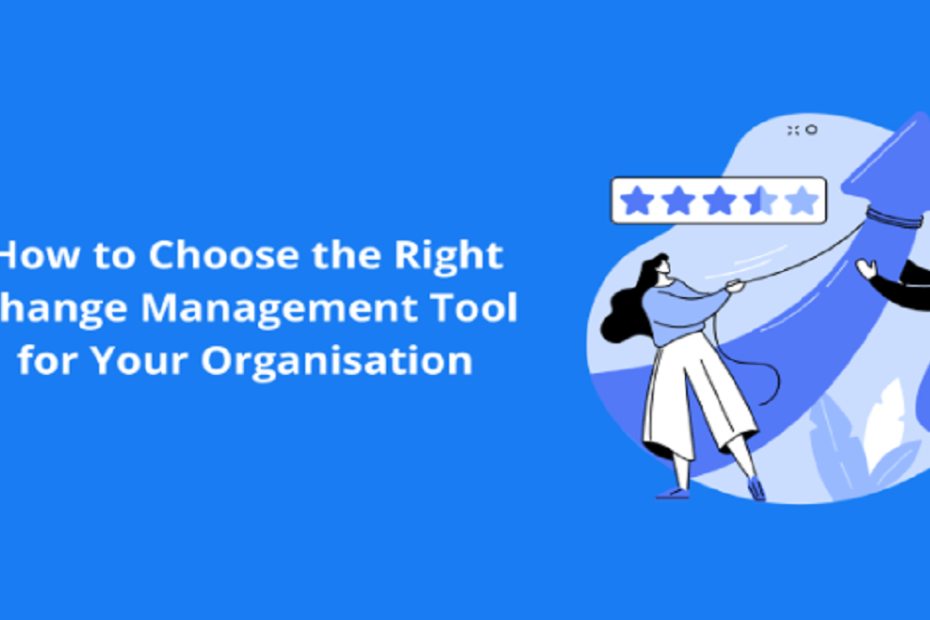To remain competitive, businesses must swiftly change. Change Management training programmes are increasingly in demand as a means of facilitating seamless transitions and guaranteeing positive results. These programs give teams and leaders useful tools and techniques for managing change. The use of Change Management Tools is necessary since executing change is not always easy. In this blog, we’ll dig into the relevance of Change Management Courses and discuss crucial elements to take into account when choosing the best change management solution for your company.
The Role of Change Management Courses
Courses on change management offer useful tips and methods for handling change within an organization. They provide participants with a thorough grasp of the transformation process, enabling them to spot possible challenges and possibilities. Participants who successfully complete the course will be able to effectively guide their teams through times of change by sharpening their communication, problem-solving, and stakeholder engagement abilities. These change champions become the engine that propels a company’s successful transition since they are equipped with both theoretical knowledge and real-world experience.
Understanding Change Management Tools
Tools for change management are programs or other devices created to simplify and improve the change management process. Organizations can efficiently plan, carry out, and keep an eye on change efforts thanks to these technologies. They give all stakeholders a central location for collaboration, documentation, and communication, ensuring that everyone is on the same page throughout the change process. The use of the proper instrument may considerably increase production, lower resistance, and enhance the results of changes in general.
Factors to Consider When Choosing a Change Management Tool
- Because each organisation is different, so will its needs in terms of change management. Prior to comparing various tools, it is essential to determine your unique demands and objectives. Think about things like the size of your company, the difficulty of your projects, and the number of teams who will be working on them. Select a tool that supports your change management strategy and is compatible with your organizational structure.
- When it comes to software uptake, simplicity is essential. No of their level of technical skill, all team members may simply utilise the application because of its user-friendly design. To evaluate the usability and guarantee a seamless team onboarding, do demos and trials.
- Change projects frequently entail the collaboration of many stakeholders. Look for a solution that enables smooth communication and cooperation amongst team members. Real-time updates, discussion boards, and task assignments are features that improve cooperation and promote an open culture.
- Change management procedures might vary greatly between projects. You may modify a tool so that it fits your unique needs and processes by making it customizable. This adaptability makes sure the product can meet the changing demands of your organization over time.
- The application must have powerful reporting and analytics options so that you can track the development and effectiveness of your change activities. Leaders have the ability to make informed decisions and the required changes to enhance change management strategies thanks to access to data-driven insights.
- To handle various areas of its operations, your company probably employs a variety of programmes and apps. Assuring a seamless integration between the change management technology and your current systems will help to reduce interruption and promote a smooth transition.
Conclusion
To maximize the impact of your change activities, it is essential to select the appropriate change management solution. You may make an informed choice that will ultimately be advantageous to your organization by taking into account aspects like alignment with organizational needs, user-friendliness, collaboration features, customization possibilities, reporting capabilities, and integration. These tools, when used in conjunction with the information learned from Change Management courses, will enable your team to embrace change and lead your company to success in a continuously changing business environment.
